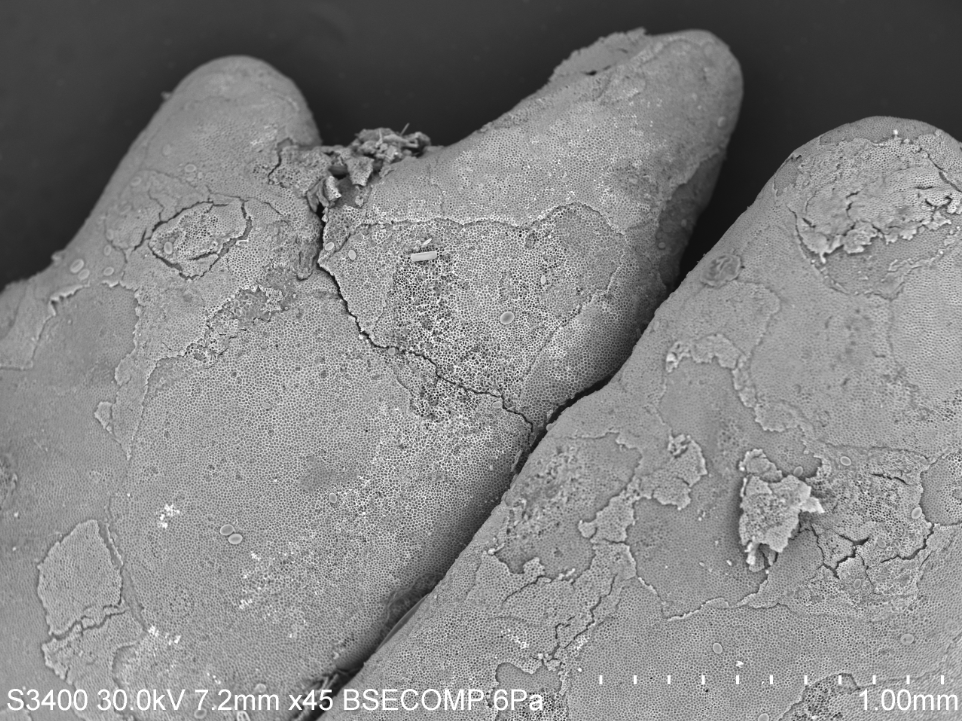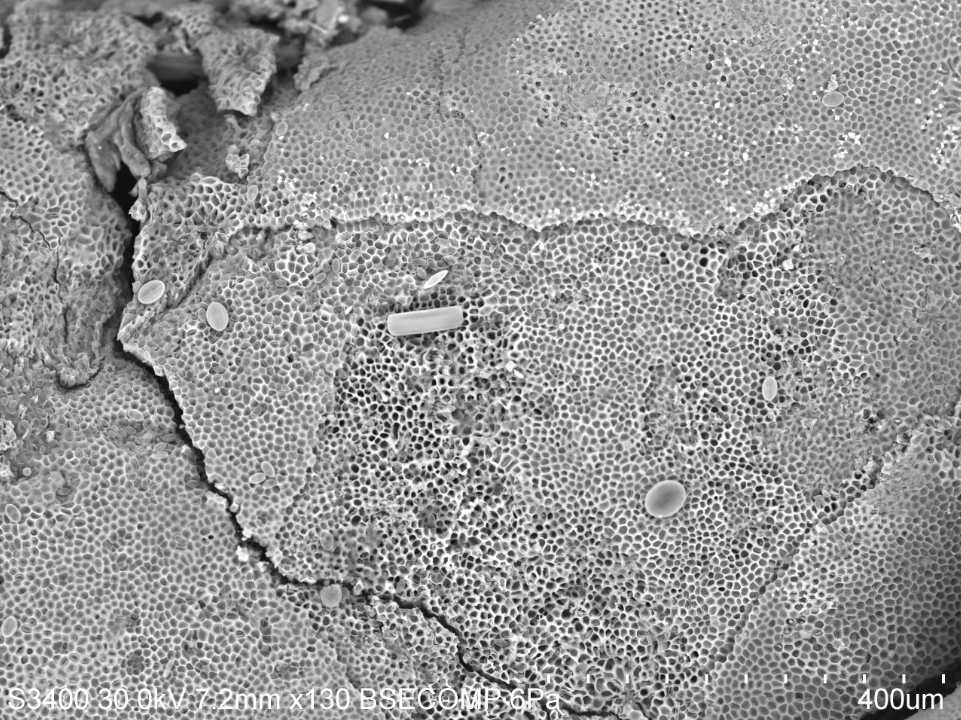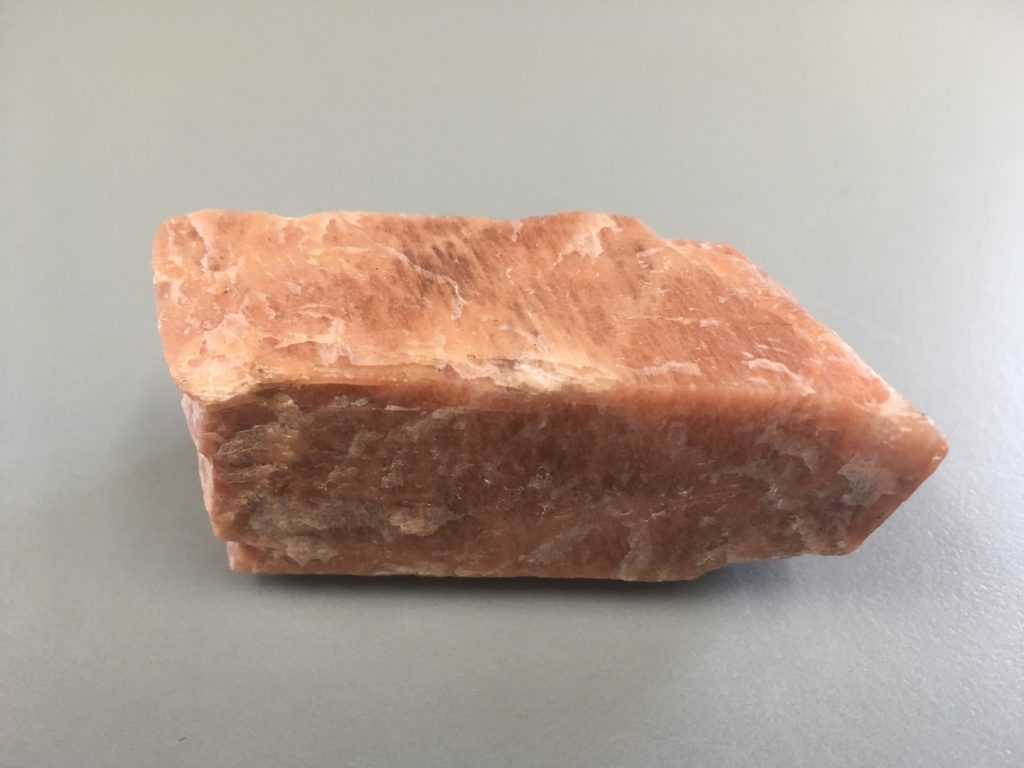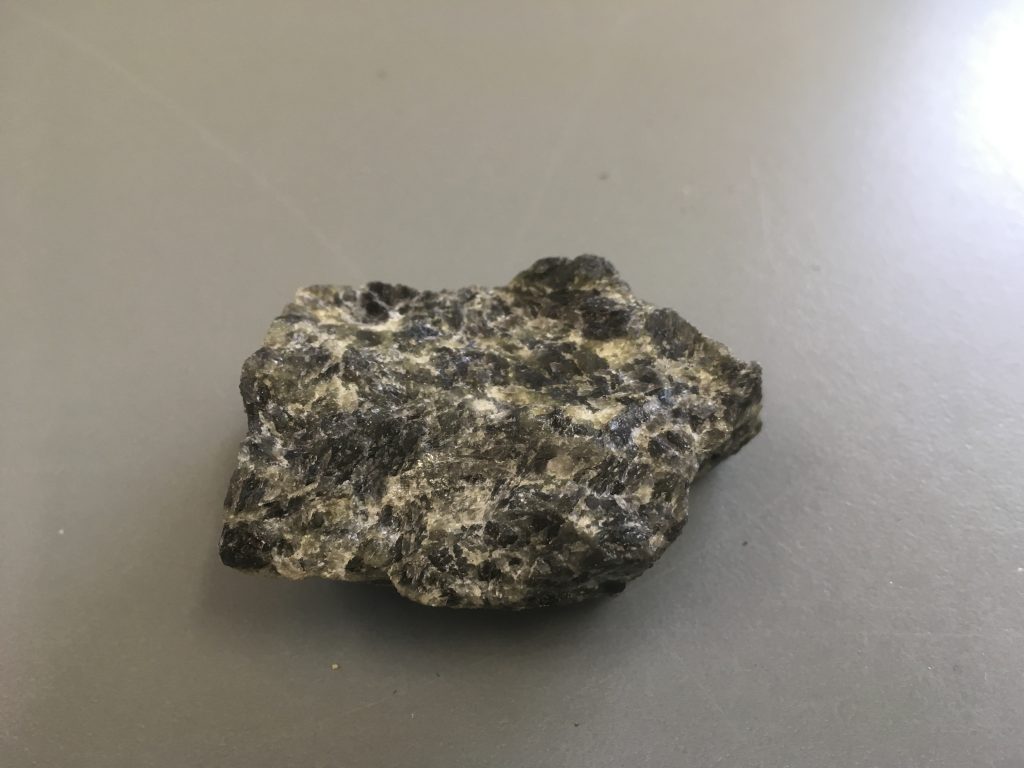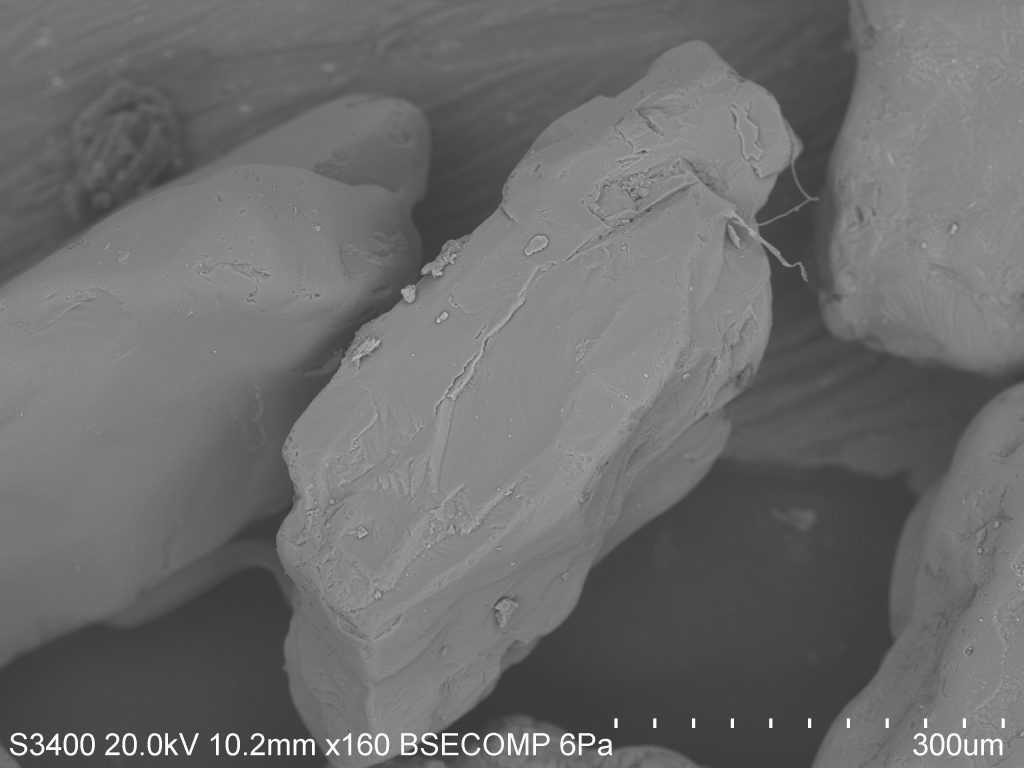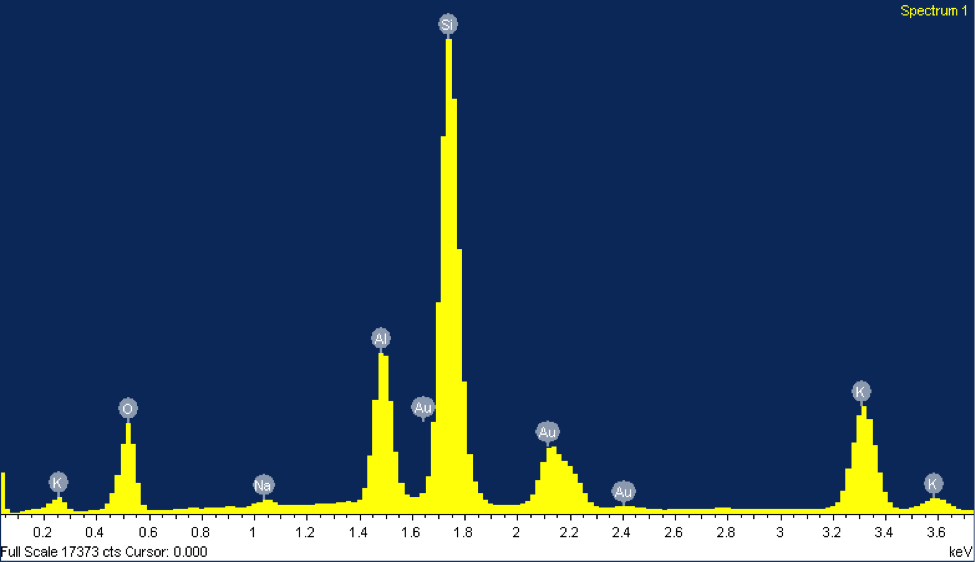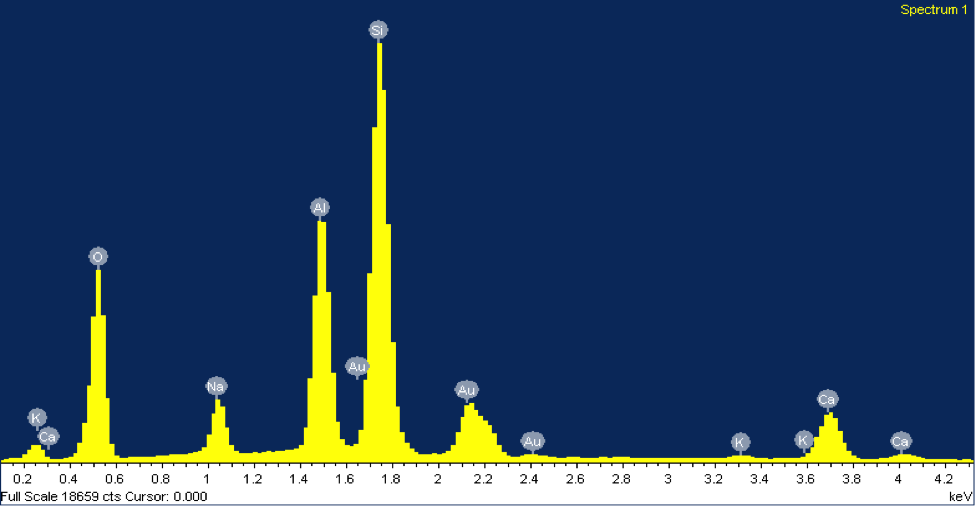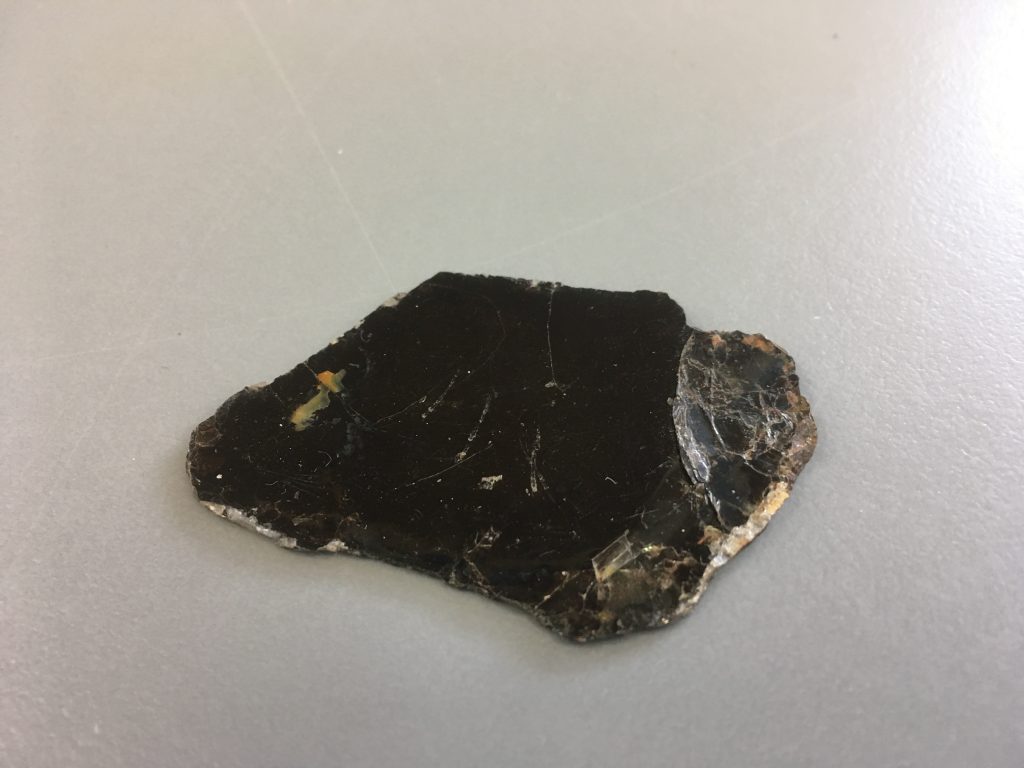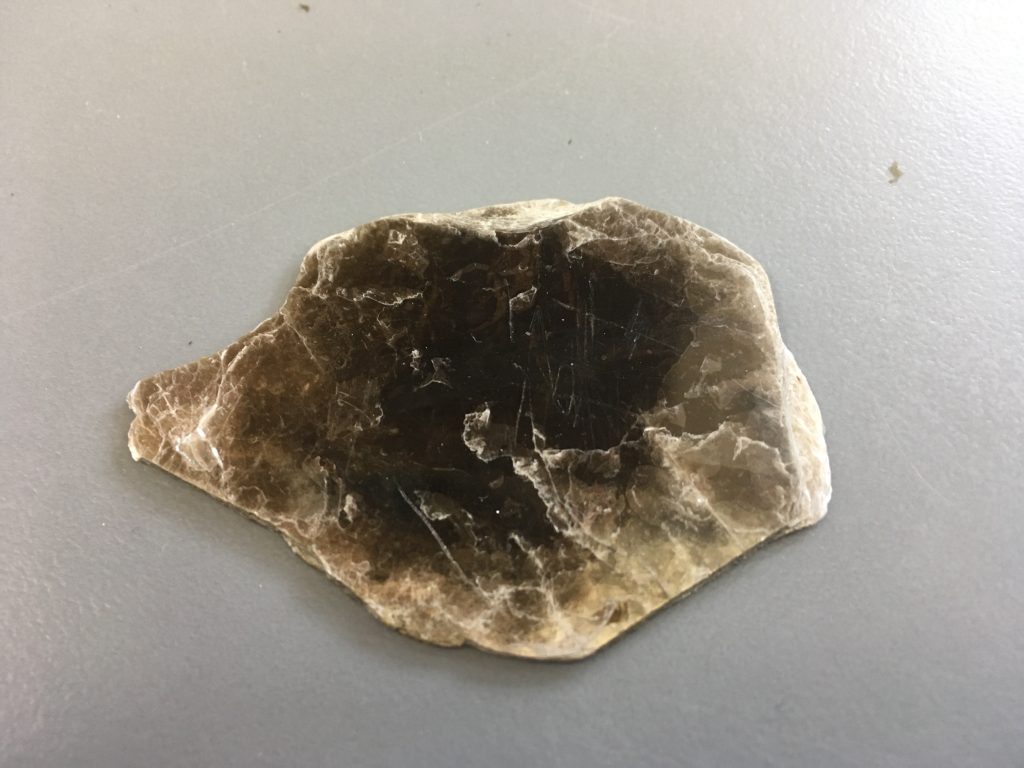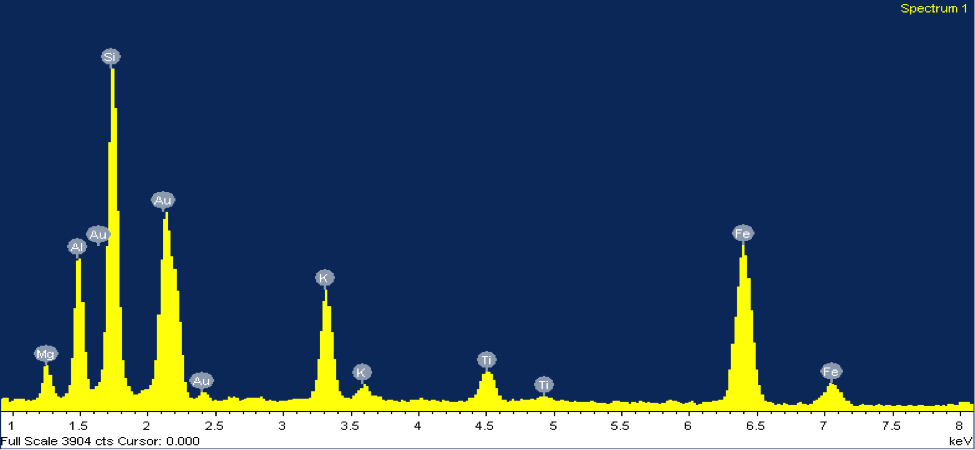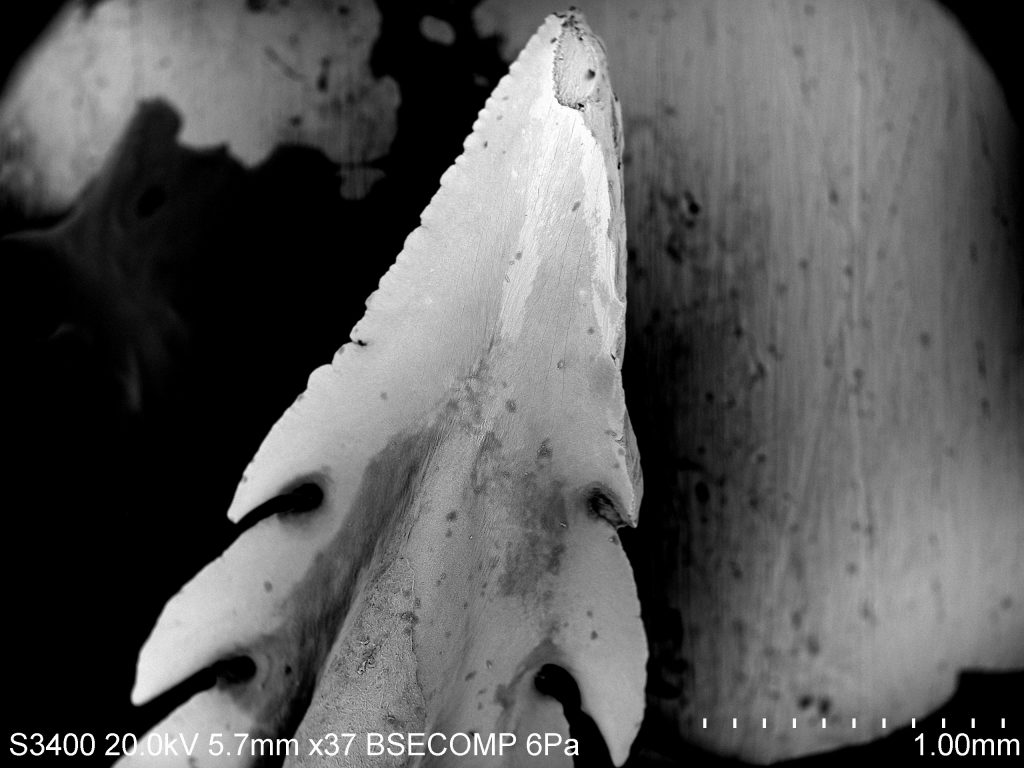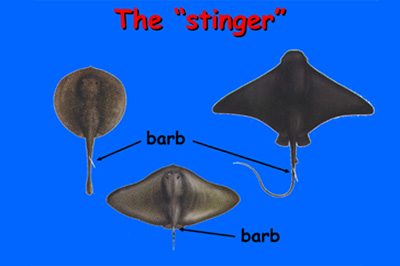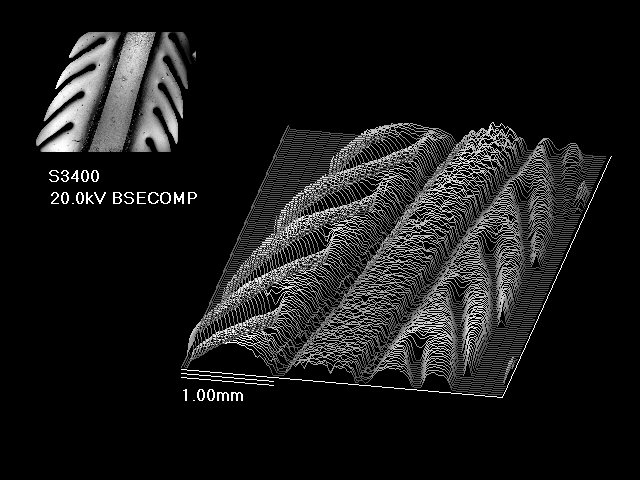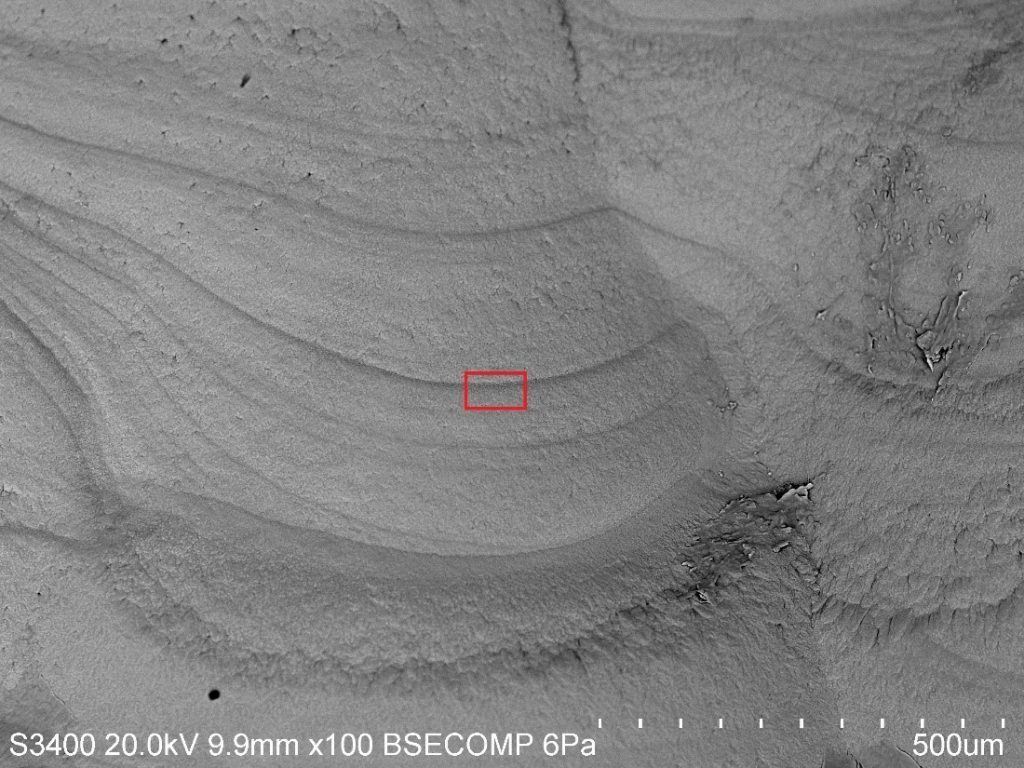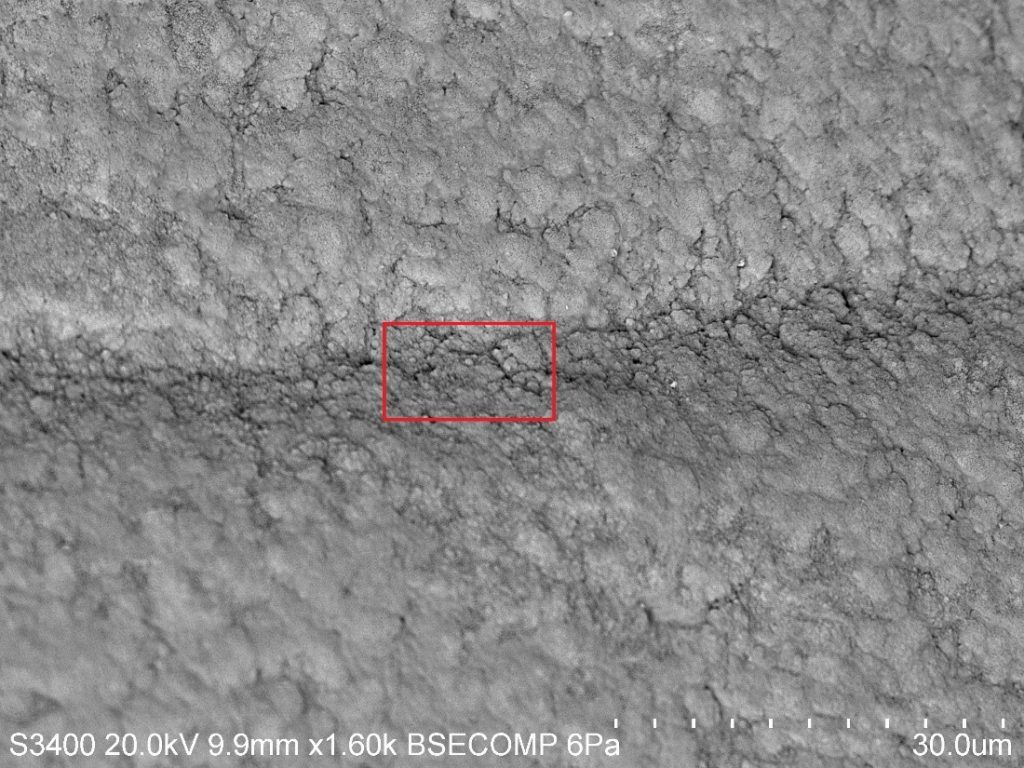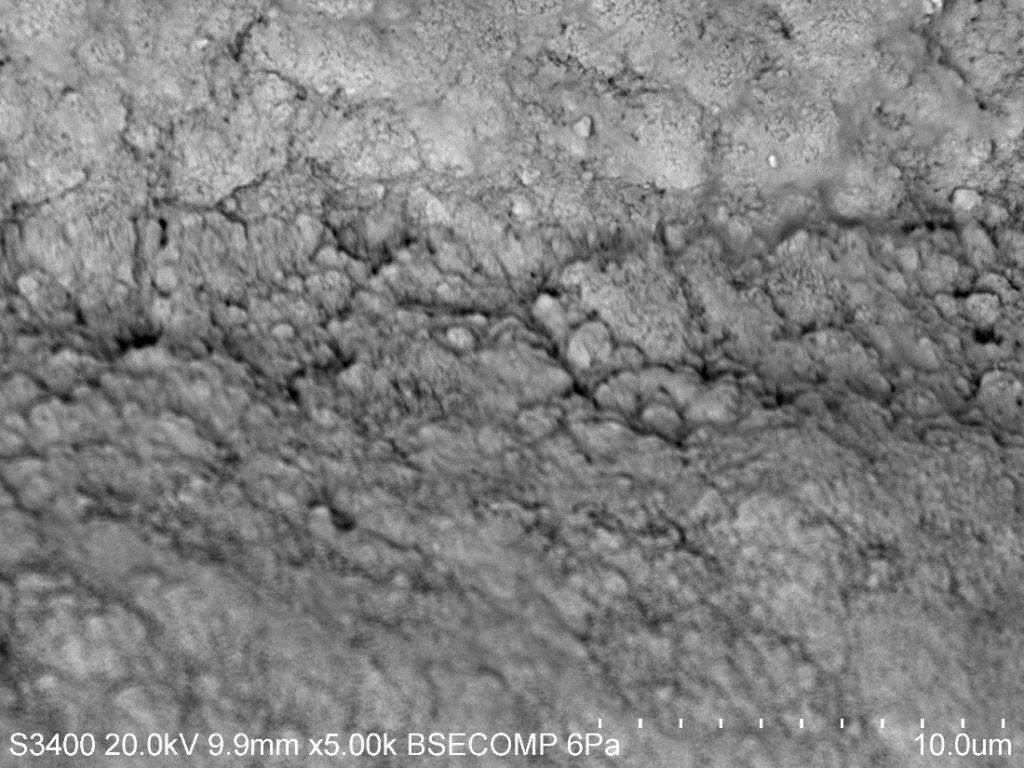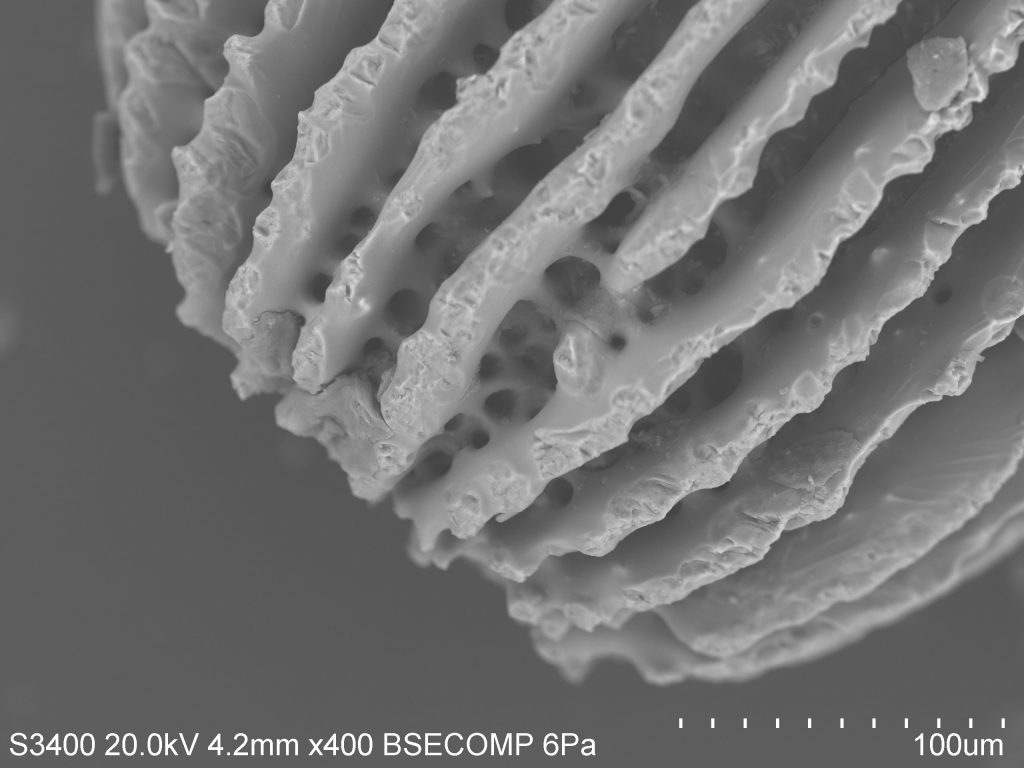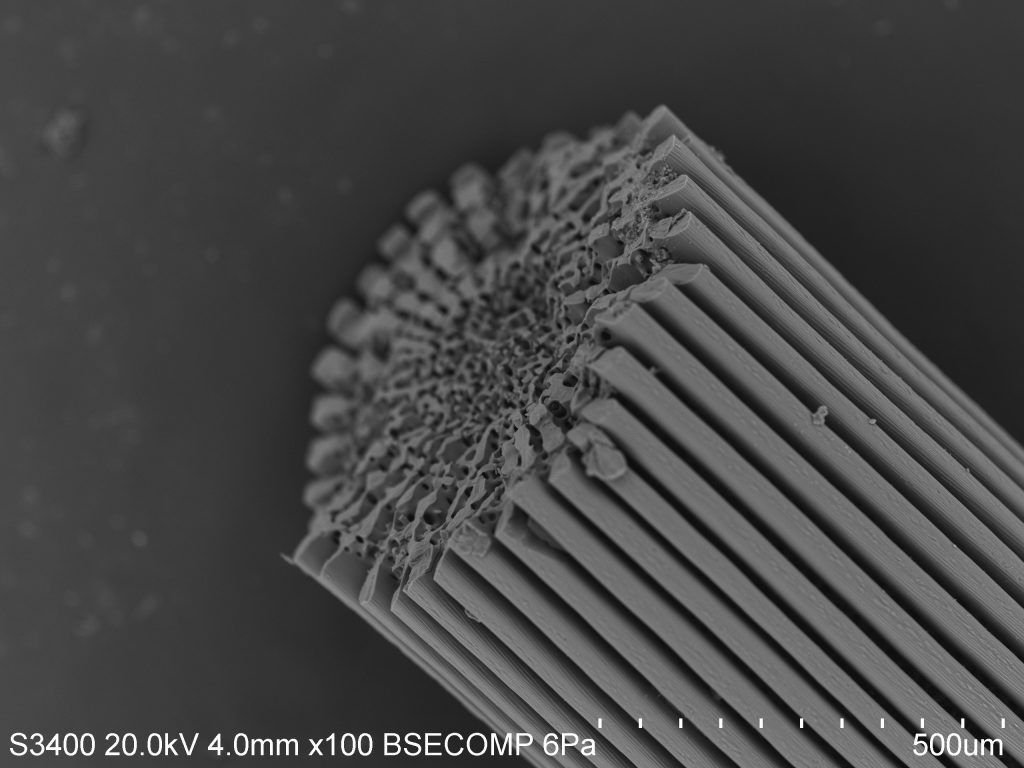Many I am sure have seen the beautiful pink and purple hues that dance in the tide pools during low tide. Some may have also seen pink or purple looking rocks in the sand along Monterey Bay's coast.
These beautiful colors you see are not a kind of coral or a type of rock, contrary to common belief. Their name can be misleading but corallines, crustose and articulated, or upright and branched, are actually types of red algae found in many habitats around the world. They get their name because of the calcium carbonate within their cell structures on their thallus that creates a hard outer form of protection from the environment and hungry grazers. An articulated coralline can be found in the low intertidal and the subtidal. Its hard structure provides protection from breakage when living in areas like the low intertidal where wave energy can be high. Because the structure is not completely rigid, there is just enough flexibility for it to sway back and forth with the tides. The calcium carbonate within their thallus also provides protection from grazing invertebrates. Instead of having a fleshy outer structure, the coralline has a hard rough structure that doesn't seem as appetizing. However, there are a few choice grazers who actually prefer coralline, especially in its crustose form, like chitins that have a rough tongue called a radula that is used to scrape food off of rocks.
If you look at this SEM photograph to above you can see the calcium carbonate structure well. What you are seeing are individual layers of cells on the outer most crustose shell shedding off. Some species of coralline algae do this to anti-foul or get rid of any epiphytes that may be eating away and hindering the health of the individual. This was first seen using scanning electron microscopy methods and as research continues to evolve, more studies are finding that this is mechanism is quite common especially in crustose species of coralline.
If you look even closer, like at the SEM picture below, you can see the honeycomb structure of the cells. These cells have that hard structure made of calcium carbonate, also known as limestone. What is truly fascinating about coralline algae, espeically the crustose form, is that it is actually an unsung hero for the coral reefs in tropical environments. When the crustose coralline algae settles and starts to grow, it creates a glue or cement that ultimately keeps coral reef beds together. Because of its limestone cellular structure, coralline has been shown to positively influence coral reefs worldwide. If you want to learn more, follow this link.
I purposely chose to not wash off the coralline very well before creating a stub so that I could see what kinds of things may have been living on my articulated coralline specimen.
In this picture to the right you can see there are a few geometric shapes on top of the structure. These are all different kinds of diatoms that were either just in the water that was brought in with the coralline or they were living on top of the actual structure. The most exciting thing about using the scanning electron microscope is finding what other microscopic things may be living with your species of interest.


